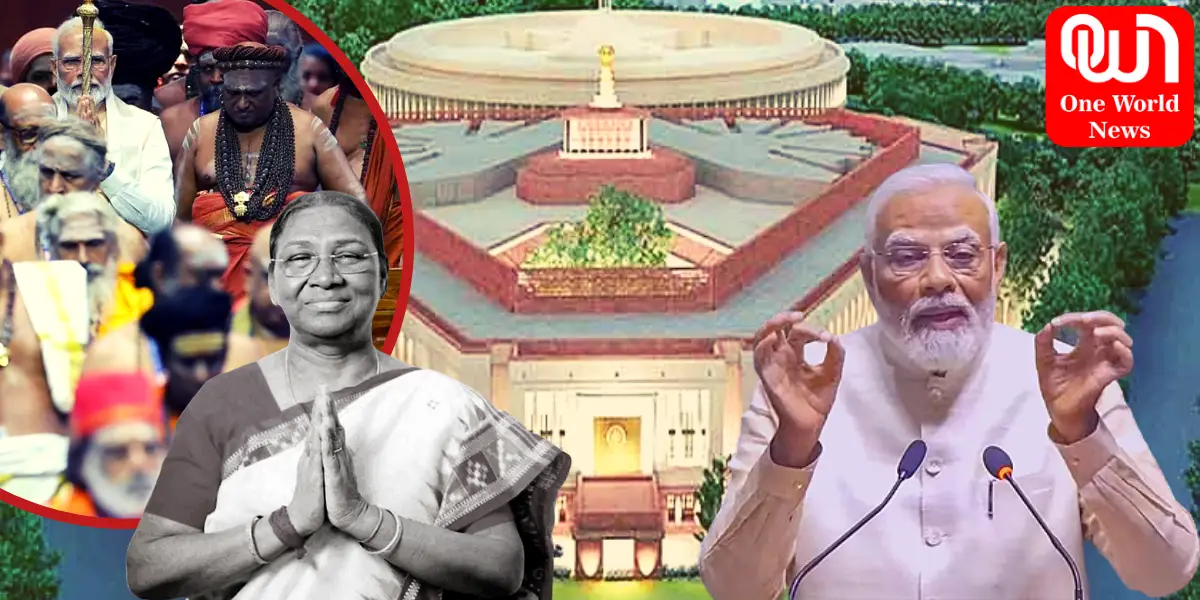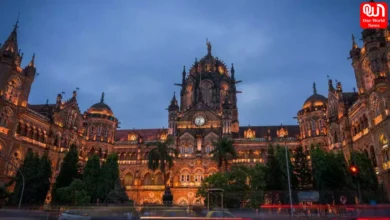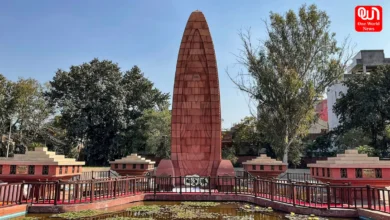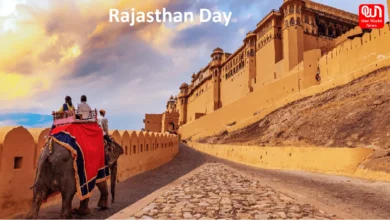Prime Minister Narendra Modi Inaugurates India’s New Parliament House, Signifying Progress and Revitalization of the Capital
India’s new Parliament House, a modern architectural marvel, is designed to represent the country’s rich cultural heritage and its commitment to democratic values. Located in the heart of New Delhi, the new Parliament House is a significant part of the Central Vista Redevelopment Project, which aims to revamp and modernise the capital’s historic centre. Inaugurated by Prime Minister Narendra Modi on May 28, 2023, the new building has become a symbol of India’s progress and a focal point of political and cultural discussions in the country.
Let‘s discuss some of the key features of the new Parliament :-
Design and Architecture
- The new Parliament House features a unique triangular design, which ensures optimum space utilisation and stands as a stark contrast to the circular structure of the old Parliament building.
- The new complex incorporates architectural styles from different parts of India, showcasing the country’s rich cultural and historical heritage.
- The building’s interiors feature motifs inspired by some of India’s national symbols, such as the lotus and the peacock, and references to important heritage buildings like Rashtrapati Bhavan, the President’s official residence.
- With materials acquired from all throughout the nation, the new Parliament House in India embodies the idea of “Ek Bharat Shreshtha Bharat” (One India, Great India). The red and white sandstone used in the construction was procured from Rajasthan’s Sarmathura, while the Kesaria green stone installed inside the Lok Sabha chamber was brought from Udaipur.
Sustainability and Environment
- The new Parliament complex is designed as a “platinum-rated green building” with a strong focus on energy efficiency. This demonstrates India’s commitment to sustainable development and the responsible use of resources. The building is equipped with modern facilities to minimize its environmental impact and maximize energy conservation.
- It is designed to be earthquake-resistant, addressing concerns about the structural stability of the old building. This feature ensures that the new complex can withstand natural disasters and provide a safe working environment for its occupants.
Accessibility and Inclusivity
- India gets new Parliament House designed to be ‘divyang-friendly,’ meaning it is accessible and accommodating to people with disabilities.
Functionality and Capacity
- The new Parliament complex has a seating capacity of 888 in the Lok Sabha (lower house) and 384 in the Rajya Sabha (upper house), accommodating more members than the old building.
- The Lok Sabha chamber can house 1,272 members in case of a joint session, reflecting the anticipated growth in the number of MPs as India’s population increases.
- The new building features four floors with offices for ministers and spacious committee rooms, designed to enhance efficiency and facilitate smooth functioning. This modern infrastructure supports the administrative requirements of the Indian government and enables seamless collaboration among its various departments.
Constitution Hall
- The new Parliament House includes a “Constitution Hall,” a new addition that places citizens “at the heart of democracy,” according to the Central Vista project website. This hall is designed to celebrate India’s democratic values and showcase the importance of the country’s Constitution.
- The new complex is equipped with the latest communication technologies, ensuring seamless connectivity and efficient operations. Advanced technology is integrated into various aspects of the building, including larger committee rooms and other facilities, to support the modern needs of the Indian Government.
- A thoughtfully designed library that offers a “superior experience” to the members of both Houses. Additionally, the building provides ample dining, restroom, storage, and administration spaces, catering to the diverse needs of its occupants.
The Inauguration of the new Parliament has come up with a lot of Controversies, Criticism and big boycotts as well! Know why ?
The inauguration of the new Parliament building was met with protests and boycotts by opposition parties, who argued that the President, rather than the Prime Minister, should have inaugurated the building. Critics have also raised concerns about the choice of inauguration date, which coincided with the birth anniversary of Vinayak Damodar Savarkar, a controversial figure in India’s Hindu-nationalist movement.
Read more:- What urged Mahua Moitra to use a ‘Foul word’ in Parliament?
The sudden decision to build a new Parliament building as well as the general lack of transparency, integrity, and economy have drawn criticism. The project has also faced objections from conservationists and urban planners, who argue that it will significantly alter the character of the city and destroy its cultural heritage.
Read more:- Rahul Gandhi gets notice for using ‘unparliamentary’ remarks
But what is Central Vista Redevelopment Project?
India gets new Parliament House as a part of the larger Central Vista Redevelopment Project, which includes the construction of numerous government buildings, residences for the vice-president and prime minister, and the revamping of the iconic Rajpath. This ambitious project aims to modernise the administrative centre of the capital city and create a cohesive architectural identity that reflects India’s cultural heritage and democratic values.
The Central Vista Redevelopment Project has faced legal and environmental challenges since its announcement in September 2019. A petition was filed in India’s Supreme Court opposing the plans, and a group of 60 former civil servants wrote an open letter to Prime Minister Modi, describing the project as a “thoughtless and irresponsible act.”
Read more:- PM Modi in Parliament: Lotus will bloom; amid ‘Modi-Adani Bhai Bhai’ slogans
Historical Significance; Sengol Installation
During the inauguration ceremony, Prime Minister Narendra Modi installed the “Sengol,” a symbolic sceptre, in the legislature’s lower house. This historically significant gold-plated object was gifted to India’s first prime minister on the eve of the country’s independence from Great Britain in 1947. The installation of the Sengol is a symbolic gesture that emphasises India’s commitment to shedding its colonial past and embracing its rich cultural heritage.
Political and Cultural Implications
Some opposers believe that Modi is trying to strengthen his brand of nationalism and establish a legacy for himself by building the new Parliament House. The building has become a focal point in the ongoing political and cultural war between Modi and his opponents, who accuse the Prime Minister of being authoritarian and undemocratic.
Like this post?
Register at One World News to never miss out on videos, celeb interviews, and best reads.









